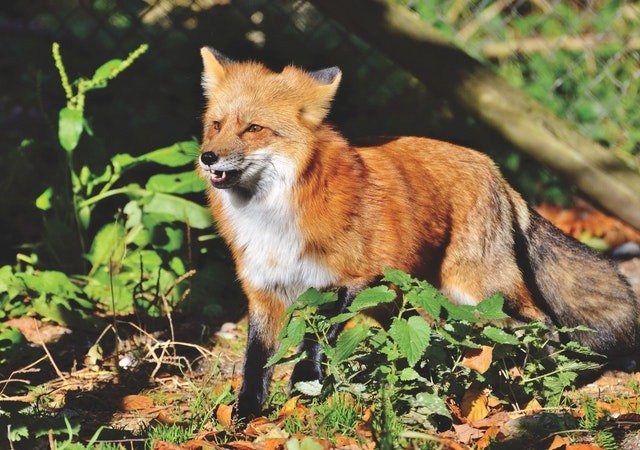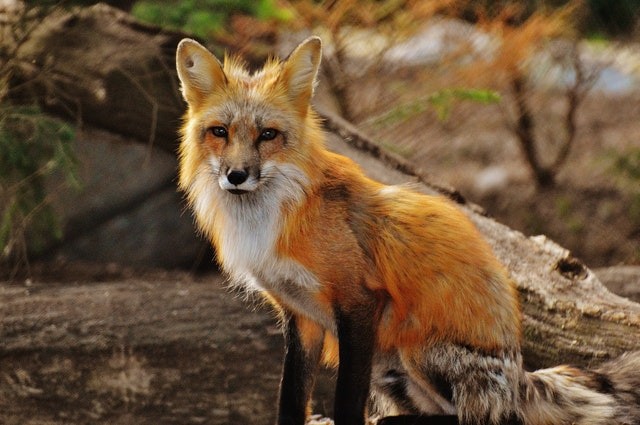An evasive fox is wandering the southern Sierra Nevada, and experts are making efforts to get more knowledge about the way this animal behaves and its breeding success. They intend to do this by carrying out an analysis on one of the scarce traces of its presence which is its poop.

The Elusive Fox
The fox is inhabiting areas more than 9,000 feet in elevation and is not as big as most. It possesses fuzzy paws, and a thick fur coat-all adaptations, helping the animal survive the severe winter snows and alpine conditions that is usually challenging. The color of its fur can range from black to red to grayish-brown.
The U.S. Fish and Wildlife Service recently suggested that the animal should be listed as an endangered species since the southern population of the Sierra Nevada red fox is roughly calculated to consist of less than 50 individuals.
Recent hybridization involving non-indigenous red foxes that ran away from fur farms and other alpine foxes that journeyed from the Rocky Mountains or Nevada has left this subspecies susceptible to extinction.
A biologist with the Service's Sacramento Fish and Wildlife Office named Stephanie Eyes said: "With most endangered species, we're trying to manage the landscape to provide a path to recovery. For this species, we're trying to preserve the Sierra Nevada red fox genes while ensuring sufficient habitat exists."
Hunt for Fox Scat
Getting information on the fox is not an easy task. It's hardly seen - cleverly steering clear of live traps and trail cameras. However, the research which is in progress is assisting to paint the fox's picture, the way it behaves, and its breeding success.
Since 2011, a post-doctoral researcher in the Mammalian Ecology and Conservation Unit of UC Davis whose name is Cate Quinn has been collecting scat from the fox so she could study the animal.
Quinn said: "The DNA found in scat is very powerful. You can tell which fox it came from and who they're related to. This information helps us learn more about their movements across the landscape, their lifespan and which other types of foxes they're breeding with."
Every year, beginning in the late summer, Quinn and her colleagues journey to four core places between the Yosemite National Park's northern border and Highway 4 in the Sonora Pass so they could collect scat.
The team takes anything that could possibly be fox scat - some become known to be coyote - and carries it back to the laboratory for analysis. In a year, roughly 400-500 samples are collected. The samples aid in creating the "family tree" of those inhabiting the high Sierra.

The Discovery
When they are back in the laboratory, the DNA analysis reveals a more comprehensive story. Quinn and her colleagues have succeeded in identifying and tracking the same foxes for a number of years and have discovered that they live longer.
They also journeyed far distances. One individual she has tracked journeyed over 60 miles in just a year.
The DNA also reveals that hybridization keeps up with non-native foxes, actually, that's not totally bad. There's a worry that excess inbreeding between pure Sierra Nevada red foxes could bring about more harmful impacts to the species than some level of hybridization.
Related Article : Red Foxes Invade Habitats of Arctic Foxes Due to Littering
For more news, updates about foxes and similar topics don't forget to follow Nature World News!
© 2025 NatureWorldNews.com All rights reserved. Do not reproduce without permission.





